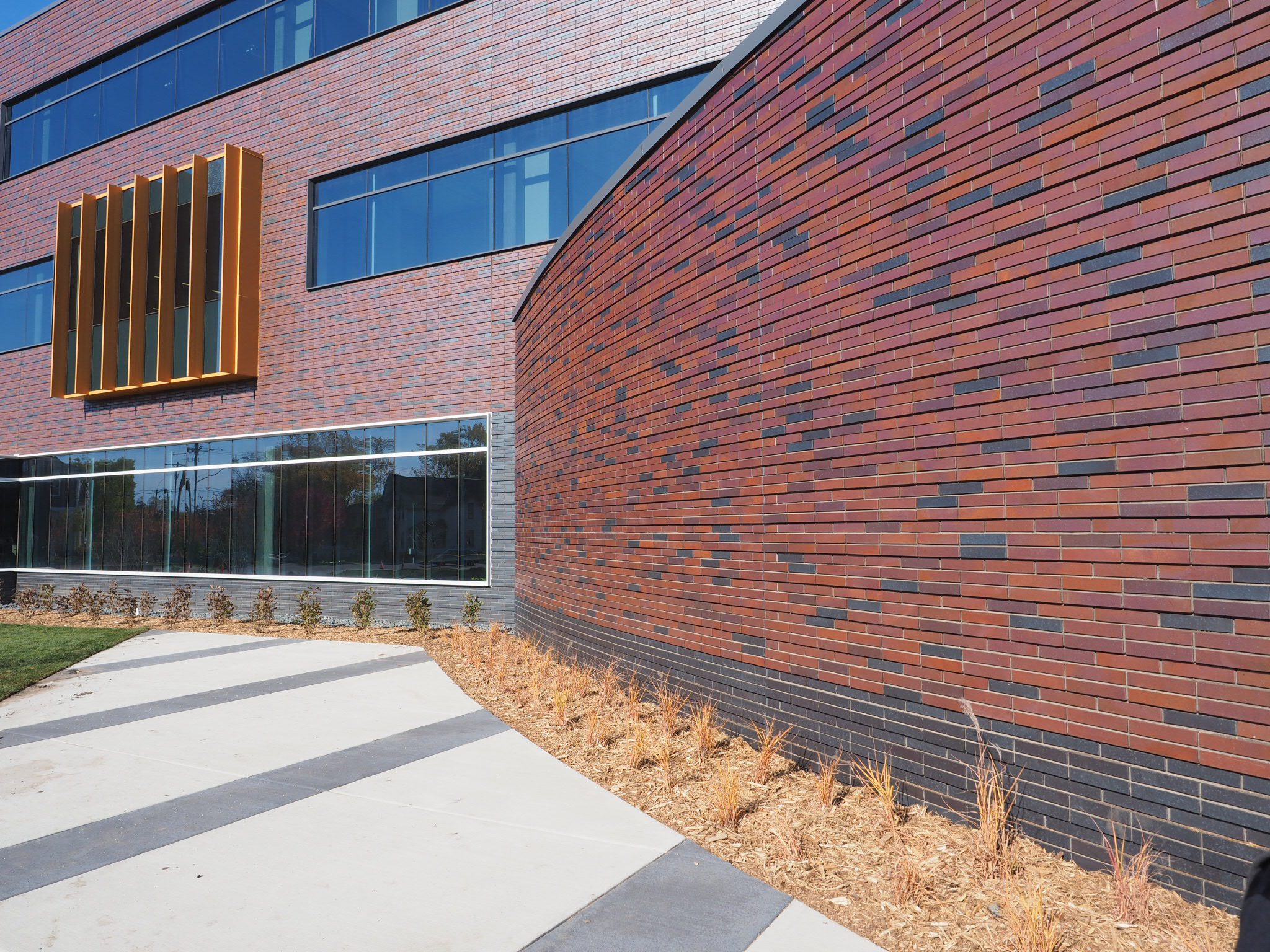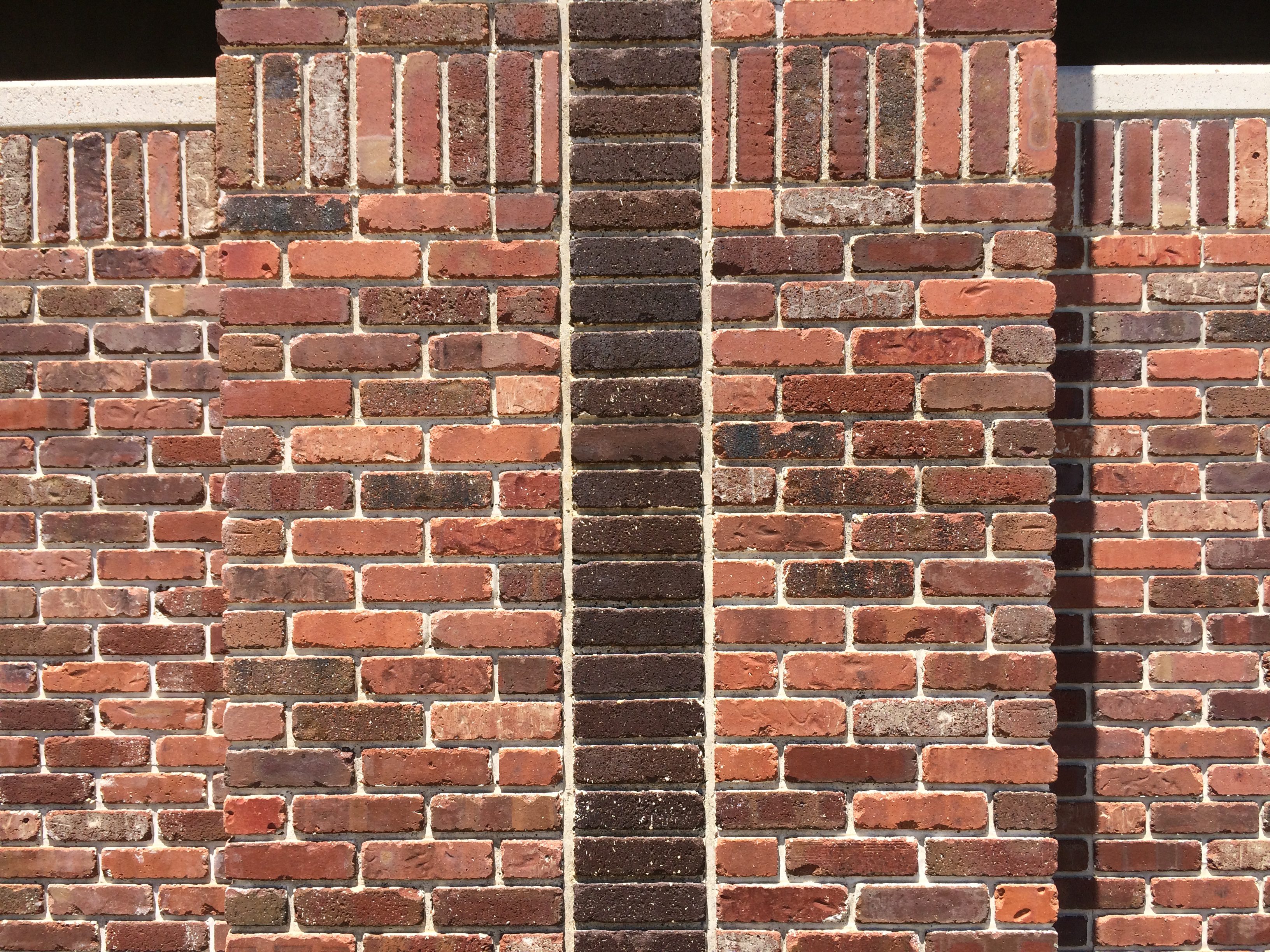
Content
- Why Precast? (Benefits) - thin brick formliners
- Reference Photos - thin brick form liners
- Complete Summary Of Decorative Concrete Form Liners - thin brick concrete formliners
- Take Into Consideration Clean-and-seal As A Different Coating For Indoor Concrete Floorings - concrete formliners thin brick
- Job Awards - thin brick form liners
- Services - concrete formliners thin brick
Why Precast? (Benefits) - thin brick formliners
Benefits of Use Formliners
Most formliner manufacturers have the capacity to generate personalized products, widening the worlds even additionally for building design. Formliners are initially developed from a master mould, which can be created from components discovered in nature, crafted by a craftsmen, or with utilization of computer mathematical control (CNC) milling machinery.On completion of the master mould for the custom formliner, the layout expert will certainly either approve the design or suggest adjustments. As soon as accepted, the master mould will ultimately be used to cast formliners a precast producer or specialist will certainly use to generate the building concrete element. Depending on the contract between the formliner maker and also the task developer or proprietor, the custom mould may be retired or become the home of the task proprietor. This might better enhance uniqueness, especially if the customized formliner is scheduled for that specific job.
New innovation enables the layout specialist to assume also more outside the box. Photoengraved and 3-D relief formliners provide life-like images never before possible in concrete or masonry style. There has constantly been a mission to integrate esthetically pleasing aspects right into structure façades. One of the most respected instances are located in very early Greek and also Roman style. Wealth in these 2 cultures was deeply rooted and also expressed through lavish building exteriors. These designs were so impressive many elements of modern-day architecture can be traced to those eras. The ornate columns and hand-cut stone building blocks make a bold statement through esthetics, but also provided function. So much 'function' in fact, the grandest of these structures are more than two centuries old. The very early developers and also builders of these ancient buildings were establishing the stage for a website 'drab-to-fab' change in structure outside building finishes.
- Plastic type linings are usually used a vacuforming process.
- The two slightly conic halves of the mould can be held together with the aid of boards and clamps for casting the baluster.
- A formliner can be a cost-efficient means to provide concrete an unique, creative look.
- Reproducing block as well as block, two of the most classic building materials is very easy.
- Pacific Formliner is readily available in an adaptable, re-usable PFL and also stiff EPS.

Early constructing style as well as materials were relegated to what was readily offered from the planet. Egyptians made use of straw, mud, plaster, as well as lime to form bricks and mortar in the construction of the pyramids. The Romans made use of a product comparable to contemporary cement and combined it with pet items that functioned as admixtures. Nevertheless, it was not up until 1824 when England's Joseph Aspdin developed portland concrete. As the cornerstone in concrete, this product catapulted the style and construction industry onward. The century adhering to Aspdin's creation saw numerous historic firsts within concrete construction, from the initial enhanced bridge in 1889 (San Francisco) to the very first skyscraper in 1903 (the Ingalls Building in Cincinnati). Concrete and also concrete stonework systems (CMUs) soon became the building and construction product of option for numerous designers throughout the globe.
Extended-use, Elastomeric Kind Liners From Fitzgerald Formliners - thin brick form liners
With this development, came the increased need for patterns, appearances, as well as colours. Coloured concrete was introduced in 1915 when Lynn Mason begain generating colour ingredients for concrete; a half-century later, manufactured patterns came to be feasible. With the introduction of formliners, patterned concrete once possible through handcrafting could currently be duplicated in a controlled and extra proper fashion while maintaining the timeless appearance borrowed from ancient style. In the 1970s, formliner makers were able to include textures. Kinds of formliners: Contemporary formliners offer an almost endless selection of pattern and also structure chances. North American makers supply a conventional selection of items, with some using more than 300 selections.

In the 1970s and also 80s, ribbed patterns were commonly made use of in layouts for sound walls, commercial buildings, mass transit terminals, as well as other numerous structure outsides. As polyurethane formliners emerged, the ribbed patterns gave way to more all-natural as well as unique patterns. This gave the designer with more alternatives as well as flexibility when making a concrete structure exterior. Patterns and also appearances previously only available by extracting them from natural materials are now exactly reproduced in formliners. Even the most standard building products, block and block, have actually been recreated. Stone, wood, stucco, stonework, and abstract esthetics can all be incorporated in designs.